Identity theft affects millions of people each year, and many cases start with something as simple as a discarded bank statement or credit card offer. Your shredder serves as your first line of defense against thieves who rummage through trash in search of sensitive information. However, owning a shredder is just the beginning—knowing how to use it properly makes all the difference between protecting your privacy and potentially damaging your equipment.
Many people treat their shredders like indestructible machines, feeding them everything from paper clips to plastic cards without a second thought. This approach often leads to jammed mechanisms, dulled blades, and costly repairs. On the other hand, some people overprotect their shredders to the point where they miss opportunities to safeguard themselves against identity theft.
Getting the most out of your personal shredder requires striking the right balance between thorough document destruction and proper machine maintenance. Continue reading to explore the dos and don’ts of using your personal shredder.
Do: Regularly Shred Documents Containing Personal Information
Your shredder works best when you use it consistently rather than letting sensitive documents pile up for months. Bank statements, credit card offers, tax documents, medical records, and insurance papers all contain information that identity thieves find valuable. Even seemingly harmless items, such as utility bills, reveal your full name, address, and account numbers.
Create a routine for shredding these materials as soon as you no longer need them. Many people find success designating a specific day each month for document destruction. Others prefer shredding items immediately after reviewing them. The key is developing a system that works with your lifestyle and sticking to it.
Pay special attention to pre-approved credit card offers, which criminals can use to open accounts in your name. These offers often go straight from the mailbox to the trash, making them easy targets for identity thieves. Shredding them takes just seconds but provides invaluable protection.
Do: Choose the Right Shredder Type
Not all shredders provide equal protection. Strip-cut shredders, the most basic type, slice documents into long vertical strips. While better than throwing away whole documents, determined thieves can sometimes reconstruct important information from these strips.
Cross-cut shredders offer significantly better security by cutting documents both vertically and horizontally, resulting in small, rectangular pieces. This shred type makes reconstruction extremely difficult for most criminals. For most households, cross-cut shredders offer excellent security at a reasonable price.
Micro-cut shredders deliver the highest level of protection by turning documents into tiny particles. Government agencies and businesses handling highly sensitive information often choose this type. While more expensive, micro-cut shredders make document reconstruction virtually impossible.
Consider your specific needs when choosing a shredder. If you frequently handle medical records, legal documents, or financial information, investing in a cross-cut or micro-cut model makes sense. For basic household use, a quality cross-cut shredder typically provides adequate protection.
Do: Maintain Your Shredder Through Regular Oiling
Shredder blades need regular lubrication to function properly and last longer. Most manufacturers recommend oiling the cutting mechanism every few months; however, heavy users may need to oil it more frequently. You can purchase special shredder oil from office supply stores or use a light machine oil as an alternative.
The oiling process is straightforward but varies slightly between models. Generally, apply a few drops of oil across the width of the shredder opening, then run the machine for a few seconds to distribute the lubricant. Some shredders come with special oiling sheets that make this process even easier.
Regular oiling prevents the blades from becoming dull and reduces the likelihood of paper jams. It also keeps the motor running smoothly, which extends the overall life of your machine. Mark your calendar to remind yourself about regular maintenance—a small investment of time that pays dividends in performance and longevity.
Don’t: Shred Items That Could Damage Your Machine
While shredders handle paper beautifully, they struggle with other materials that people commonly try to destroy. Paper clips, staples, and binder clips can damage cutting blades or cause dangerous jams. Always remove these items before shredding documents.
Do you wonder about shredding credit cards? This question comes up frequently, and the answer depends on your specific shredder model. Some heavy-duty personal shredders can handle credit cards, but many cannot. Check your owner’s manual before attempting to shred plastic cards. If your shredder can’t handle credit cards, use scissors to cut them into small pieces instead.
CDs and DVDs pose similar problems. The plastic can chip or crack during shredding, potentially damaging the cutting mechanism. These items also tend to create larger pieces that might jam the shredder. For the destruction of optical media, consider using a specialized CD shredder or thoroughly scratching the surface before disposal.
Laminated documents also require special consideration. The plastic coating can clog the blades, creating maintenance headaches. If you must shred laminated materials, do so sparingly and follow up with extra oiling to prevent residue buildup.
Don’t: Overload Your Shredder Beyond Its Capacity
Every shredder has a maximum sheet capacity, typically ranging from 6 to 20 sheets for personal models. Exceeding this limit can strain the motor and often result in paper jams that are difficult to clear. Start with fewer sheets than the maximum rating to get a feel for your machine’s capabilities.
Thick documents like cardstock or glossy brochures count as multiple sheets toward your capacity limit. When shredding mixed materials, err on the side of caution and use smaller batches. This approach takes slightly longer but prevents the frustration and potential damage that comes with overloading.
Watch for signs that you’re pushing your shredder too hard. If the motor sounds strained, the cutting speed slows significantly, or partial jams become frequent, reduce your sheet count. Some shredders have automatic shutoff features that activate when overloaded; however, relying on these safety mechanisms isn’t ideal for maintaining long-term machine health.
Don’t: Forget About Proper Disposal of Shredded Materials
Shredding documents is only half the battle—you also need to dispose of the shredded materials properly. Putting all your shredded paper in one trash bag still creates a potential security risk. Criminals with enough time and determination might attempt to reconstruct important documents from large quantities of shredded material.
Spread your shredded documents across multiple garbage bags, mixing them with other household waste. This mixing makes reconstruction virtually impossible while adding no extra effort to your routine. Some people take the additional step of composting their shredded paper or using it as packing material for shipped items.
Consider the timing of your disposal as well. Putting out bags full of shredded documents right before tax season or after major financial events might signal to criminals that valuable information is nearby. Regular disposal throughout the year avoids creating obvious patterns that might attract unwanted attention.
Protect Your Privacy the Right Way
Using your personal shredder effectively requires striking a balance between thorough document destruction and proper machine maintenance. Regularly shredding sensitive materials, selecting the right shredder type, and maintaining your equipment through periodic oiling will serve you well for years to come. Avoiding materials that can damage your shredder, respecting capacity limits, and disposing of shredded materials properly are essential practices every shredder owner should follow.

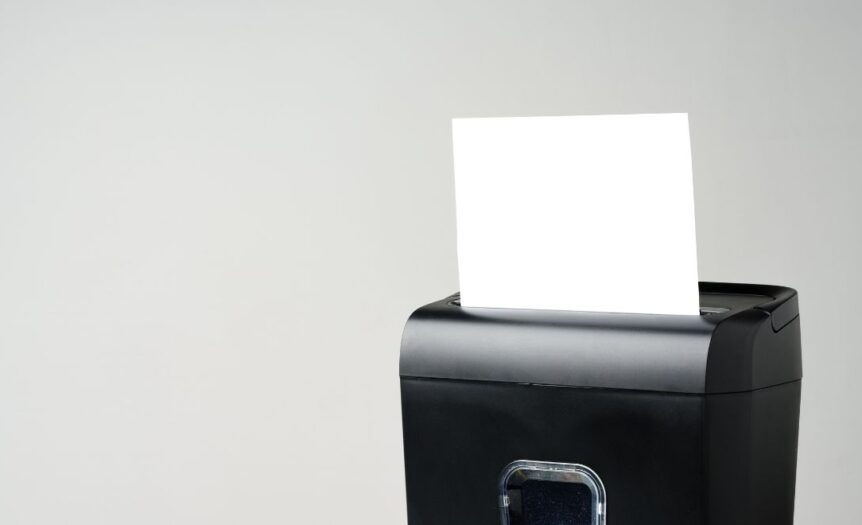







 Deering Estate
Deering Estate
 Massage Envy South Miami
Massage Envy South Miami
 Calla Blow Dry
Calla Blow Dry
 My Derma Clinic
My Derma Clinic
 Sushi Maki
Sushi Maki
 Sports Grill
Sports Grill
 The Healthy Kitchen
The Healthy Kitchen
 Golden Rule Seafood
Golden Rule Seafood
 Malanga Cuban Café
Malanga Cuban Café

 Kathleen Ballard
Kathleen Ballard
 Panter, Panter & Sampedro
Panter, Panter & Sampedro
 Vintage Liquors
Vintage Liquors
 The Dog from Ipanema
The Dog from Ipanema
 Rubinstein Family Chiropractic
Rubinstein Family Chiropractic
 Your Pet’s Best
Your Pet’s Best
 Indigo Republic
Indigo Republic




 ATR Luxury Homes
ATR Luxury Homes

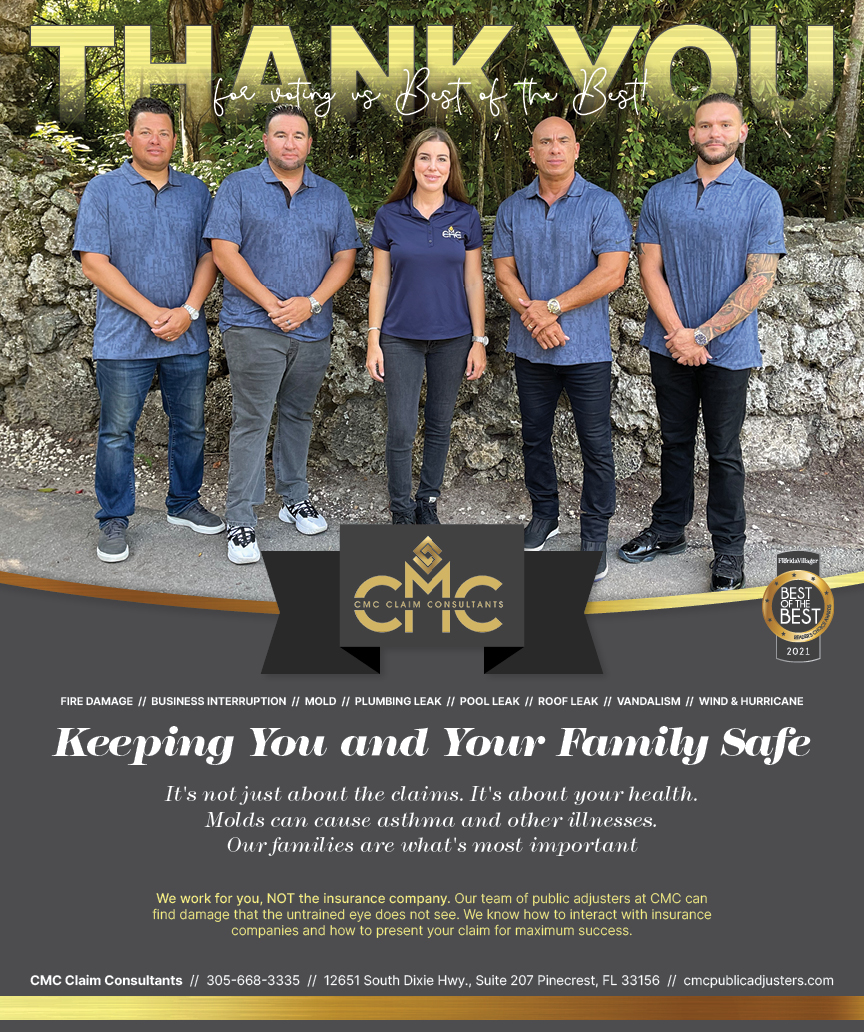
 2112 Design Studio
2112 Design Studio
 Hamilton Fox & Company
Hamilton Fox & Company
 Creative Design Services
Creative Design Services
 Best Pest Professionals
Best Pest Professionals
 HD Tree Services
HD Tree Services
 Trinity Air Conditioning Company
Trinity Air Conditioning Company
 Cisca Construction & Development
Cisca Construction & Development
 Mosquito Joe
Mosquito Joe
 Cutler Bay Solar Solutions
Cutler Bay Solar Solutions


 Miami Royal Ballet & Dance
Miami Royal Ballet & Dance
 Christopher Columbus
Christopher Columbus
 Pineview Preschools
Pineview Preschools
 Westminster
Westminster
 Carrollton
Carrollton
 Lil’ Jungle
Lil’ Jungle
 Frost Science Museum
Frost Science Museum
 Palmer Trinity School
Palmer Trinity School
 South Florida Music
South Florida Music
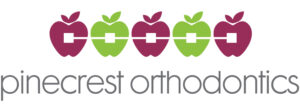 Pinecrest Orthodontics
Pinecrest Orthodontics
 Dr. Bob Pediatric Dentist
Dr. Bob Pediatric Dentist
 d.pediatrics
d.pediatrics
 South Miami Women’s Health
South Miami Women’s Health

 The Spot Barbershop
The Spot Barbershop
 My Derma Clinic
My Derma Clinic




 Miami Dance Project
Miami Dance Project

 Rubinstein Family Chiropractic
Rubinstein Family Chiropractic
 Indigo Republic
Indigo Republic

 Safes Universe
Safes Universe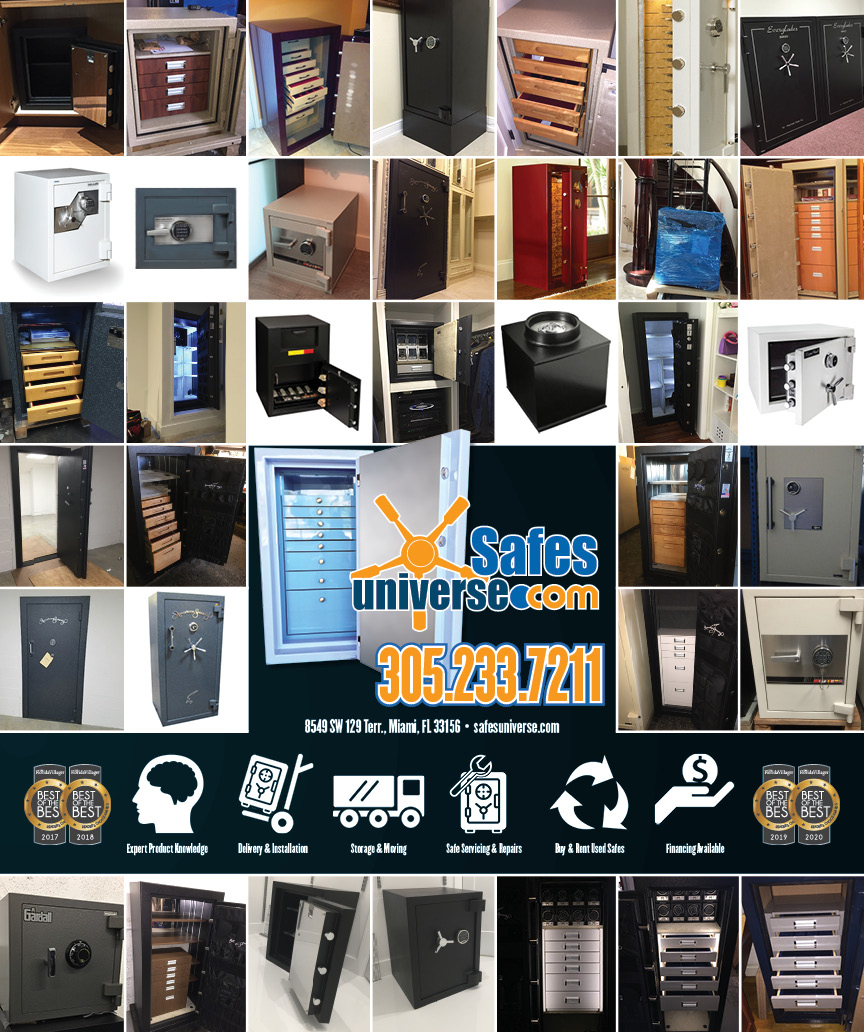
 Vintage Liquors
Vintage Liquors
 Evenings Delight
Evenings Delight





 Atchana’s Homegrown Thai
Atchana’s Homegrown Thai
 Baptist Health South Florida
Baptist Health South Florida

 Laser Eye Center of Miami
Laser Eye Center of Miami
 Visiting Angels
Visiting Angels
 OpusCare of South Florida
OpusCare of South Florida

 Your Pet’s Best
Your Pet’s Best





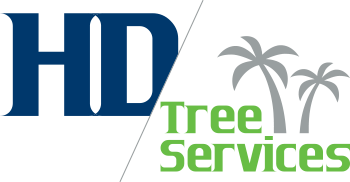 HD Tree Services
HD Tree Services
 Hamilton Fox & Company
Hamilton Fox & Company


 Creative Design Services
Creative Design Services